This post may contain affiliate links. At no cost to you, purchases made through these links may result in a small commission for Traveling Transylvania. We never recommend products that we don’t know and trust. Thank you for your continued support!
The essence of a nation lies not only in its geographical expanse or its architectural grandeur but in the vibrancy of its culture and traditions. When it comes to Romania, a country beautifully nestled in the heart of Eastern Europe, the traditions form the soul of the nation. These traditions have stood the test of time, embodying a rich history that harmoniously merges the past and the present. Whether it’s the rhythm of traditional dances, the vividness of folk costumes, the reverence of religious practices, or the delight of traditional cuisine, each aspect offers a glimpse into the quintessence of Romania.
As we embark on this journey into the heart of Romanian traditions, we will delve into their origins, significance, and how they continue to shape the Romanian way of life. From traditional holidays and celebrations to the charm of Romanian weddings, from the artistry in traditional clothing to the essence of Romanian cuisine, and from the intrigue of folklore and mythology to the wisdom (and misconceptions) embedded in old wive’s tales — this article promises a thorough exploration. Prepare yourself for a captivating journey that will whisk you into the fascinating world of traditional Romania, offering an appreciation of a culture that thrives on preserving its past while embracing the future.
Table Of Contents
- Historical Context of Romanian Traditions
- Romanian Traditional Holidays and Celebrations
- Traditional Romanian Weddings
- Traditional Romanian Clothing
- Romanian Traditional Cuisine
- Romanian Folklore and Mythology
- Romanian Old Wive's Tales
- The Impact of Romanian Traditions on Contemporary Society
- Embracing the Richness of Romanian Traditions
Historical Context of Romanian Traditions
The Making of Romanian Traditions
Understanding the traditions of Romania requires a journey into its historical past. Situated at the crossroads of Central, Eastern, and Southeastern Europe, Romania’s cultural and traditional landscape has been sculpted by a unique blend of influences. Its history encompasses ancient civilizations, powerful kingdoms, foreign occupations, and hard-fought independence, each leaving indelible marks on the country’s traditions.
Romania’s roots go back to the Dacians, an ancient civilization known for their distinct art, architecture, and religious customs. With the Roman conquest of Dacia in 106 AD, a fascinating blend of Latin and Dacian traditions began, which is mirrored in the language, folklore, and customs of modern Romania.
Intermingling of Cultures
Subsequent influences come from the Ottoman Empire, the Austro-Hungarian Empire, and the Slavic populations, which have further enriched the cultural mosaic of Romania. These influences are evident in the country’s music, dance, culinary arts, and the customs and rituals that mark the milestones of life.
For instance, the traditional Romanian dance “Hora” shares similarities with the dances of the neighboring Balkan countries. Romanian cuisine, while distinct in its taste and flavor, bears influences from Greek, Turkish, and Hungarian culinary traditions.
Despite these myriad influences, the traditions of Romania have retained their unique identity. They reflect a remarkable ability to absorb, adapt, and reinvent while staying rooted in the country’s historical and cultural ethos. These traditions are not just remnants of the past; they are living practices that continue to shape the social fabric of Romania.
Romanian Traditional Holidays and Celebrations
Feasts of Joy and Faith
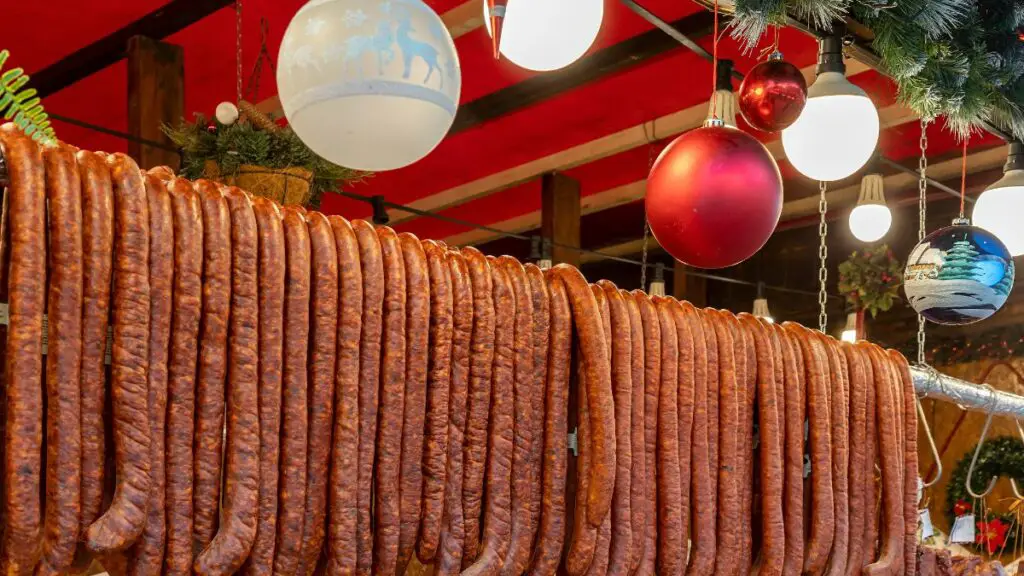
Romania’s calendar is marked with numerous holidays and celebrations that embody the country’s traditions, faith, and zest for life. Seriously, it seems as though every other week businesses are closed for one holiday or another. Each of these events is characterized by distinctive customs, rituals, and an ambiance of conviviality.
Among the most cherished of these celebrations is Christmas, known as “Crăciun” in Romanian. Traditional customs begin with the Advent period, continuing through Christmas Eve, and culminating on Christmas Day. The season is marked by caroling, feasting on traditional foods such as “sarmale” (cabbage rolls) and “cozonac” (sweet bread), and attending midnight church services.
Another significant celebration is Easter, “Paște,” a deeply religious occasion marked by church services, the painting of eggs in vibrant colors, and a special Easter feast featuring ‘drob’ and ‘red eggs’. The Holy Week preceding Easter is filled with various rituals and ceremonies, reflecting the country’s strong Orthodox Christian roots.
Seasonal Celebrations and Folk Customs
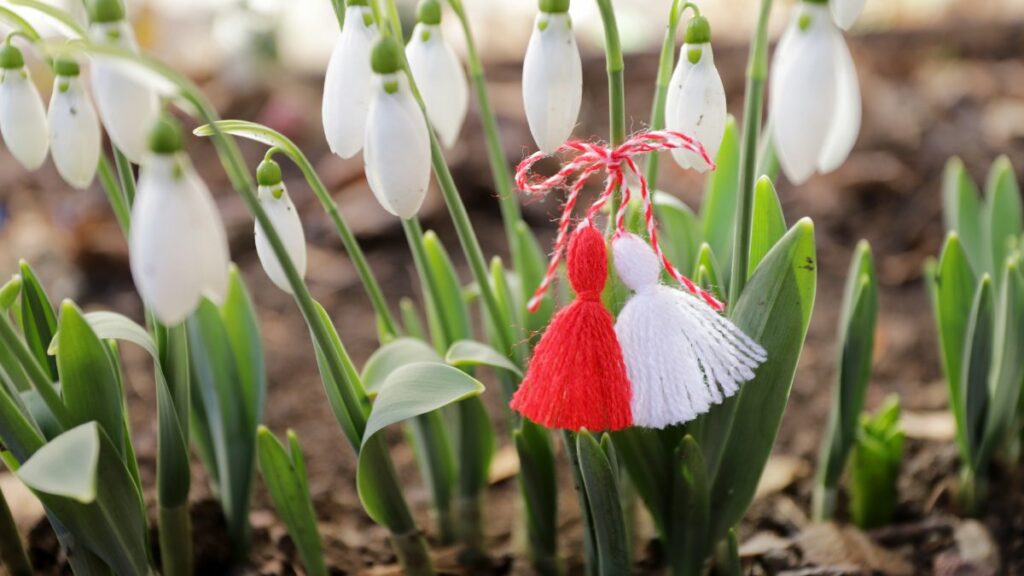
In addition to these major holidays, Romania also celebrates unique seasonal traditions like “Mărțișor” and “Dragobete.” Mărțișor, celebrated on the first day of March, signifies the arrival of spring. On this day, people exchange Mărțișor trinkets — a small decoration tied with a red and white string, symbolizing the cycle of life and the hope for a prosperous year.
Dragobete, often referred to as Romanian Valentine’s Day, is celebrated on February 24th. It’s a day dedicated to love and the coming of spring, where traditional customs include girls gathering snow to use in magic rituals that will ensure their beauty throughout the year.
In November, Saint Andrew’s Day, or “Sfântul Andrei,” is celebrated with customs rooted in the ancient past. St. Andrew is considered the protector of Romania, and the night before his day is filled with various rites and predictions related to weather, health, and marriage.
From religious observations to celebrations marking the changing seasons, each tradition carries with it a story, a charm, and a timeless relevance, making the Romanian calendar a vibrant tapestry of festivity and tradition.
Traditional Romanian Weddings
Pre-Wedding Customs and Rituals
A Romanian wedding is a vivacious event that brings to light the beauty of traditional Romanian customs. Each stage of the wedding, from the pre-wedding rituals to the ceremony and the post-wedding celebrations, is imbued with symbolic meaning. You’ll find that different wedding traditions are localized, with each Romanian region boasting its own customs.
The celebration often begins with a series of pre-wedding rituals. One of these is the “Bride’s Stealing,” wherein the bride is ‘kidnapped’ by family, friends, or hired actors, and the groom must perform tasks or pay a ‘ransom’ to get her back – a playful tradition symbolizing the bride’s reluctant departure from her family home. We did not do this at our wedding.
Wedding Day
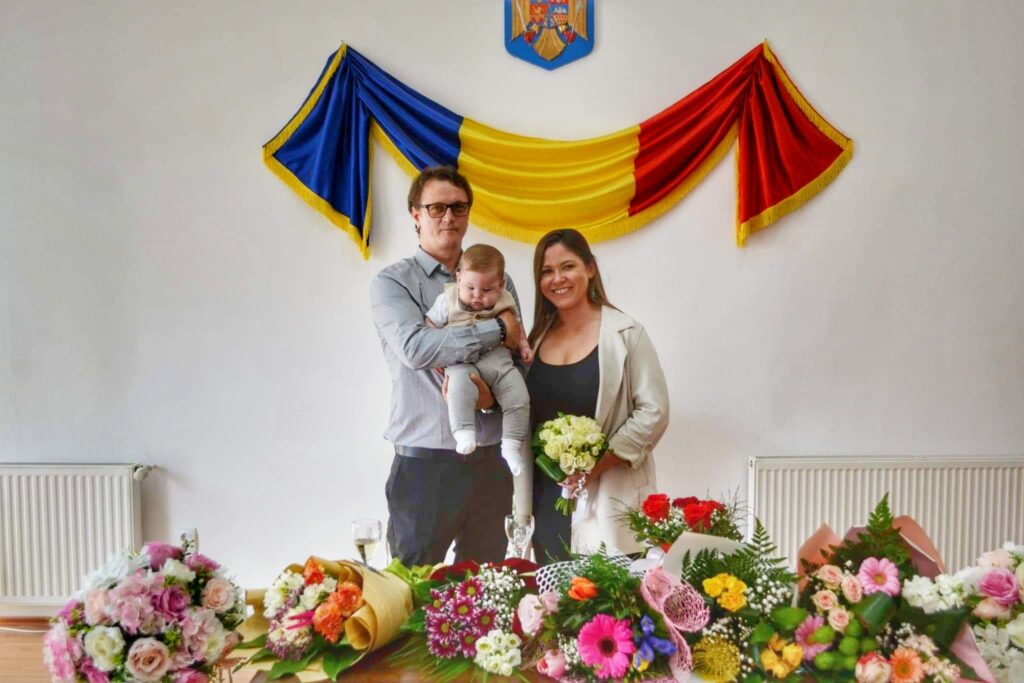
On the wedding day, there are two significant ceremonies – the religious ceremony and the civil ceremony. The religious ceremony is a solemn Orthodox service, with the couple making their vows before God. The civil ceremony, held at the city hall, legalizes the marriage. Szilard and I skipped the religious ceremony. We had just a small civil ceremony with Szilard’s family, a few of our close friends, and my parents on video chat.
The bride will not have to worry about a flower shortage. In addition to (usually) monetary gifts, each family joining the happy couple brings her a bouquet of flowers.
Post-Wedding Celebrations
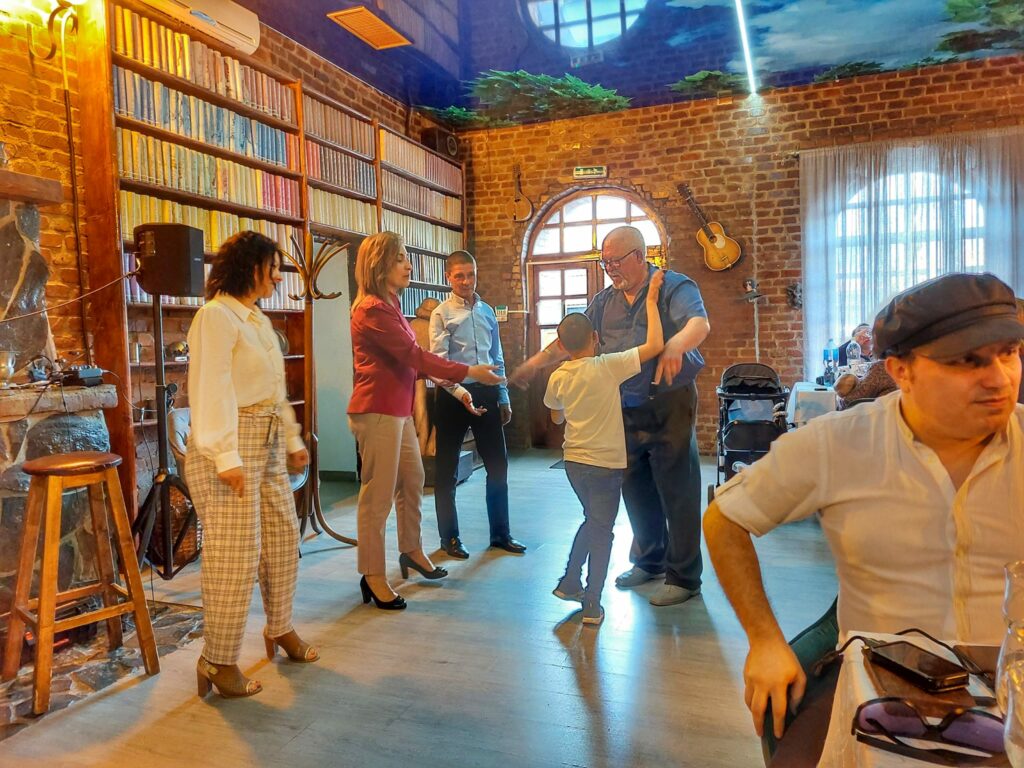
Post-wedding celebrations include a grand feast, music, and traditional dances. One of the highlights is the “Hora” dance, where guests hold hands in a circle around the couple, signifying unity and community. These celebrations can last until dawn, epitomizing Romanian hospitality and the joyous spirit of these traditional events.
Traditional Romanian Clothing
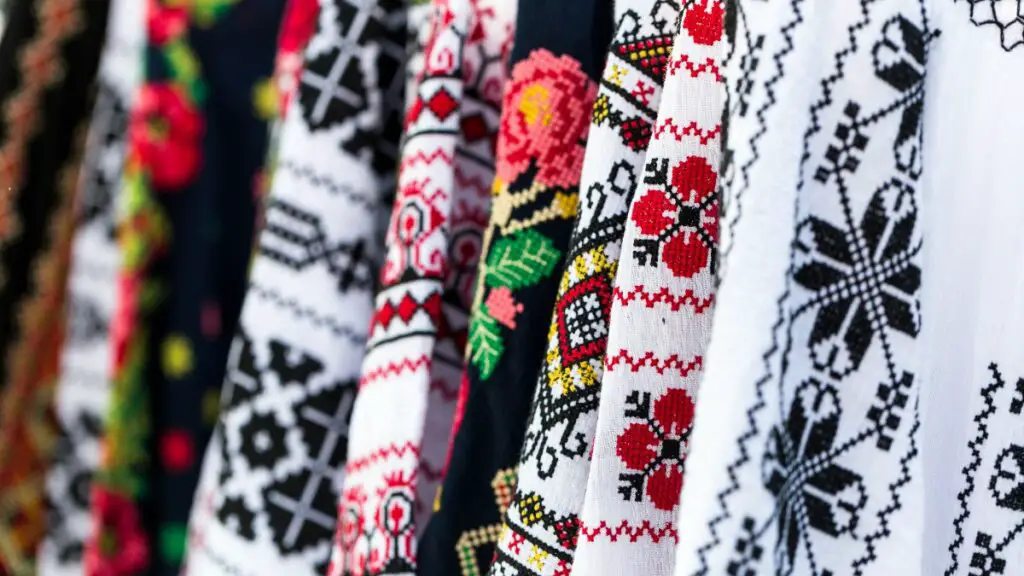
Traditional Romanian clothing showcases the country’s rich cultural heritage, reflecting the influences of different historical periods and regions. Crafted with intricate detail, these costumes are vibrant expressions of Romanian identity and aesthetics.
The “ie,” a traditional blouse embroidered with symbols and motifs, is a cornerstone of Romanian attire. Each region in Romania has a specific pattern that decorates the ie, with symbols representing fertility, protection, and other themes.
The “fota,” a woven belt, and the “opinci,” traditional leather shoes, are other crucial elements of the attire, each with its regional variations and unique patterns.
Romanian Traditional Cuisine
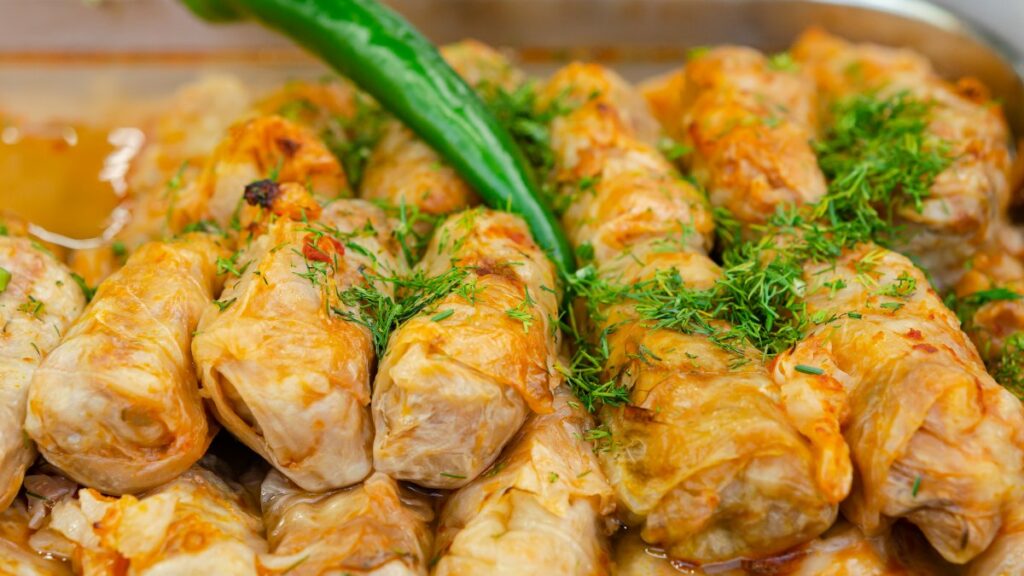
One of the most enjoyable ways to explore the traditions of Romania is through its cuisine. With influences from numerous cultures and a focus on locally grown ingredients, traditional Romanian food is a reflection of the country’s diverse history and geography.
Romanian cuisine is hearty and flavourful, often centred around meat, but with plenty of delicious options for vegetarians as well. “Sarmale,” cabbage rolls filled with meat and rice, and served with sour cream, is considered a national dish. It is often enjoyed during Christmas and other significant celebrations.
“Mămăligă,” a cornmeal porridge, is another staple, traditionally served as a side dish or used as a bread substitute. It pairs perfectly with “mici” or “mititei,” grilled minced meat rolls. These are usually made from a mixture of beef, lamb, and pork.
Food also plays an integral part in Romanian celebrations. For instance, during Easter, Romanians prepare “drob,” a dish made from lamb organs and green herbs. This symbolises the renewal of spring. They also bake “cozonac,” a sweet bread filled with walnuts or poppy seeds, which is a Christmas and Easter favourite.
Romanian Folklore and Mythology
The traditions of Romania are deeply intertwined with the country’s rich folklore and mythology. Stories passed down generations, characters from legends, mythical creatures, and age-old superstitions form the fascinating tapestry of Romanian folklore.
These stories serve not only as a form of entertainment but also as a means to impart moral lessons, cultural norms, and a sense of national identity. They speak of heroes and mythical beings, of love and loss, of bravery and sacrifice, each one offering a window into the Romanian psyche.
Romanian mythology is as diverse as the country’s geographical landscapes. Tales of the “Zână,” benevolent feminine creatures associated with deep forests and healing springs, and the “Strigoi,” undead beings causing havoc, populate Romanian myths. These characters, coupled with tales of legendary heroes like “Fat-Frumos,” resonate with Romanians and continue to be part of popular culture.
This mythical universe often intertwines with religious beliefs and traditional practices. This gives Romanian folklore a unique dimension that combines the mystical with the everyday, the ancient with the present. Understanding these stories and myths provides a deeper insight into the heart of Romanian traditions.
Romanian Old Wive’s Tales
In Romania, the wisdom of the elderly often finds expression in the form of old wive’s tales. These tales, a mixture of folk wisdom, superstition, and cultural beliefs, are integral to the traditional Romanian worldview. They offer guidance on everything from predicting the weather and ensuring good health to warding off evil spirits.
Romanian culture is replete with superstitions that govern daily life. For instance, it is believed that a woman should not place her handbag on the floor. This why you’ll see so many chairs in waiting rooms occupied, not by people, but by women’s purses.
One of the most frustrating (for me) old wive’s tales in Romania is regarding the air currents. In the USA, we like to call it a cross breeze. In Romania, even in hospitals and often in the throes of summer, you’ll rarely have a window and a door to a room open at the same time, for fear that the air currents might make you sick. Be prepared to sweat if you ever have to stay in a Romanian state hospital.
These tales and superstitions continue to influence daily life in Romania, particularly in rural areas. They dictate social etiquette, health practices, and even agricultural activities, revealing a society deeply connected with its traditions and folklore. Ultimately, these old wive’s tales reflect societal values and beliefs.
The Impact of Romanian Traditions on Contemporary Society
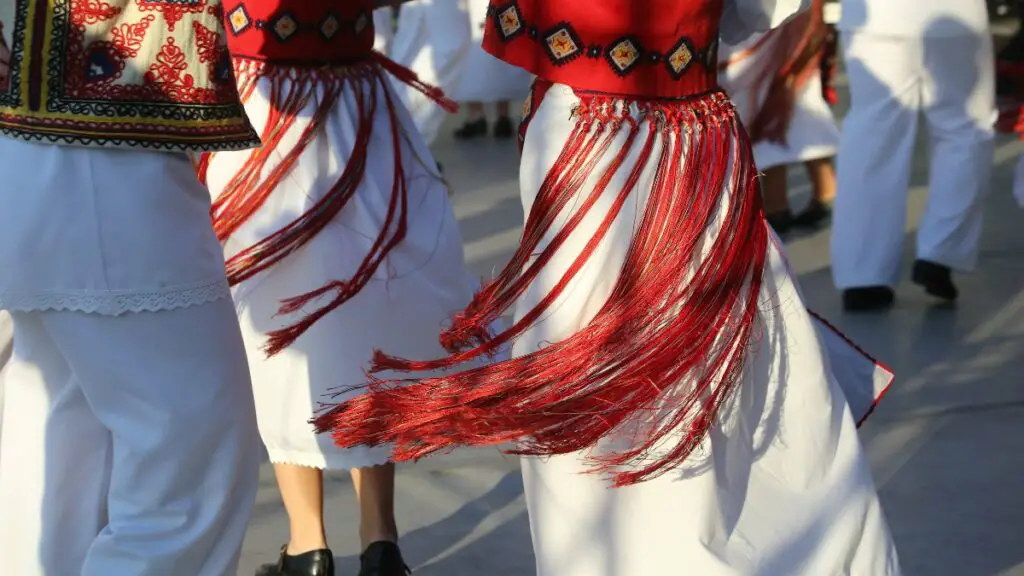
Tradition in Modern Romania
In contemporary Romania, tradition holds an essential place, fostering a sense of national identity and continuity with the past. Despite modernization and the influence of Western culture, traditional customs and rituals remain vibrant, particularly in rural areas.
Many urban Romanians are also rekindling their connection with traditional practices. From wearing the “ie” on special occasions to preparing traditional dishes during holidays, these traditions offer a sense of belonging and a link to the past.
Traditions Beyond Borders
Romanian traditions also extend beyond the country’s borders, thanks to the global Romanian diaspora. Romanian communities worldwide continue to uphold their cultural heritage, celebrating traditional holidays, maintaining folk practices, and passing on the Romanian language to younger generations. These practices foster a sense of unity and help keep the Romanian spirit alive, regardless of geographical distance.
Safeguarding Traditions for Future Generations
Efforts are also underway to preserve and promote Romanian traditions for future generations. These include initiatives to document and digitize traditional music and dances, culinary practices, and artisanal crafts. By preserving these traditions, Romania ensures that its rich cultural heritage continues to thrive and inspire future generations.
Embracing the Richness of Romanian Traditions
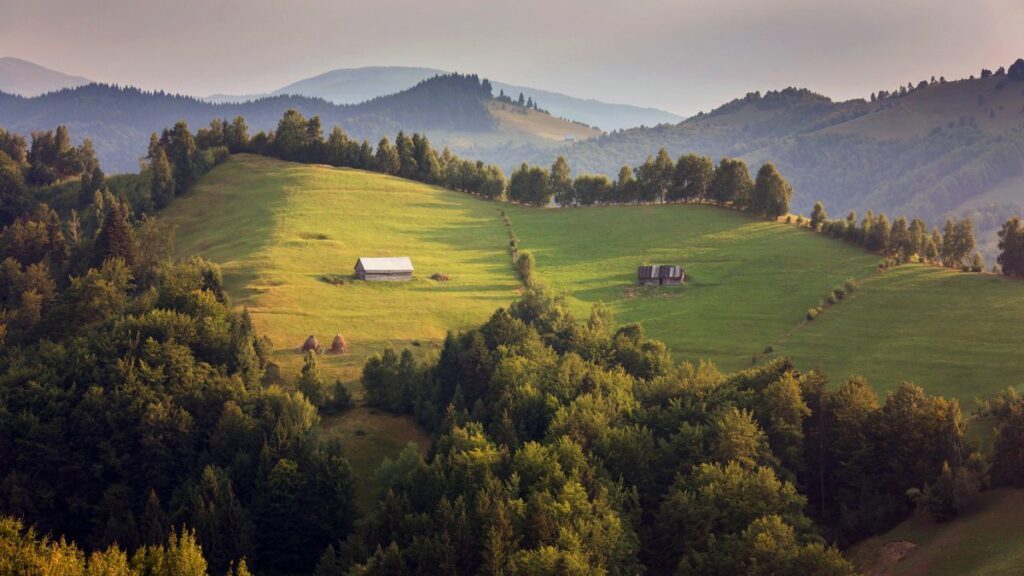
Romanian traditions, with their diversity and vibrancy, offer an authentic glimpse into the soul of the country. They are the threads that weave together the nation’s rich historical tapestry, reflecting the influences of different cultures and periods. These traditions reveal a society that cherishes its roots while (sometimes trepidatiously) embracing the future.
As we journey through the traditions of Romania, we participate in a cultural exchange that transcends borders and time. We learn about the country’s resilience, its faith, its joy for life, and its deep connection to nature. More importantly, we realize that traditions are not just relics of the past, but living practices that shape and enrich the present.
Whether it is the magic of a Romanian Christmas, the joyous chaos of a traditional wedding, or the distinct aroma of “sarmale,” these traditions continue to touch lives, instilling a sense of identity, belonging, and continuity. By appreciating and preserving these traditions, we contribute to the vibrant cultural mosaic of our global community, ensuring that the spirit of Romania continues to inspire and enchant the world.

